A Quick Guide to House Leveling
House leveling is crucial to maintaining the structural integrity of your home. Over time, buildings naturally settle due to changes in soil conditions, moisture content, and even the types of materials used in construction. When left unchecked, uneven floors, cracked walls, and misaligned doors can become not just a nuisance but a potential safety hazard. For homeowners, understanding the basics of leveling a house can help address problems before they escalate, keeping your home safe and comfortable.
Identifying Warning Signs
Before diving into the house leveling process, it is essential to identify the signs that your home might need leveling. Common indicators include cracked walls or ceilings, doors and windows that do not close properly, sloping floors, and visible gaps in the foundation. Sometimes, these signs can be subtle and may initially go unnoticed. Regular inspection of your home’s structural state is advisable to detect these issues early on and mitigate potential long-term damage.
Understanding Leveling Methods
There are several methods used for house leveling, depending on the type of foundation your home has. For homes with concrete slab foundations, mudjacking is a popular technique. Mudjacking involves pumping a mixture of cement, sand, and water under the foundation to lift and level it. According to This Old House, concrete slabs have a lifespan of up to 100 years if they are properly installed and well-maintained, which makes mudjacking a prevalent solution for many homeowners. Alternatively, piering can be used, which involves installing steel piers under the foundation to stabilize and level it.
Considering Varying Costs
The cost of leveling a house can vary significantly based on factors such as the size of the home, the extent of damage, and the chosen method. While it might be tempting to go for the cheapest option, investing in a reputable contractor with a proven track record is crucial. Additionally, after leveling, homeowners should address any underlying issues like poor drainage or soil erosion that may have contributed to the problem to prevent future occurrences. Regular maintenance and inspections can further safeguard your home against settlement issues.
House leveling is a vital maintenance activity that ensures the safety and stability of your home. By understanding the signs of foundation problems and being proactive in addressing them, homeowners can save themselves time and money in the long run. If your home needs leveling, contact our experienced team at Schexnaydre Restoration & Construction today!
service Area
Ascension Parish
Business Hours
- Mon - Thu
- -
- Friday
- -
- Sat - Sun
- Closed

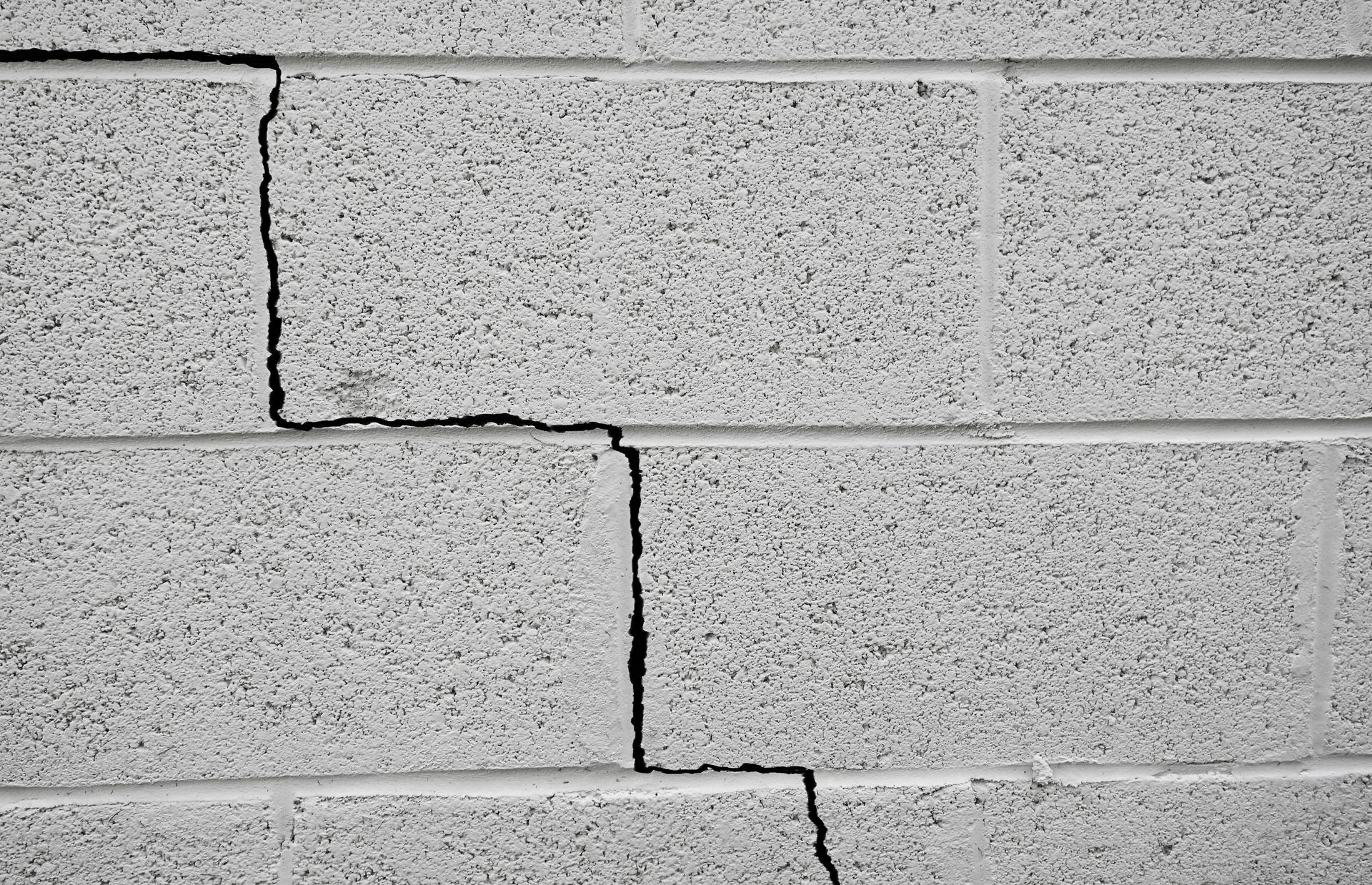
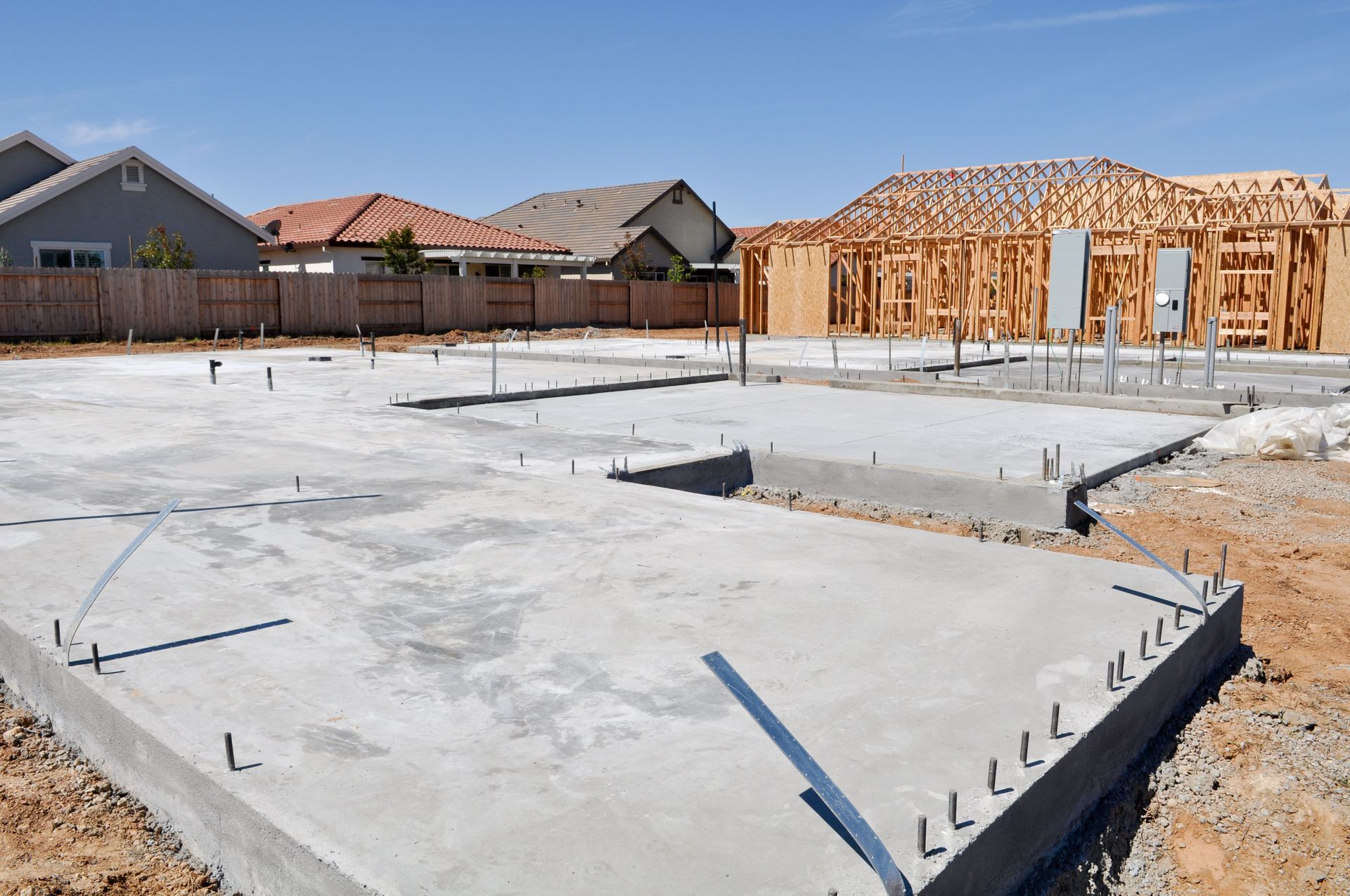
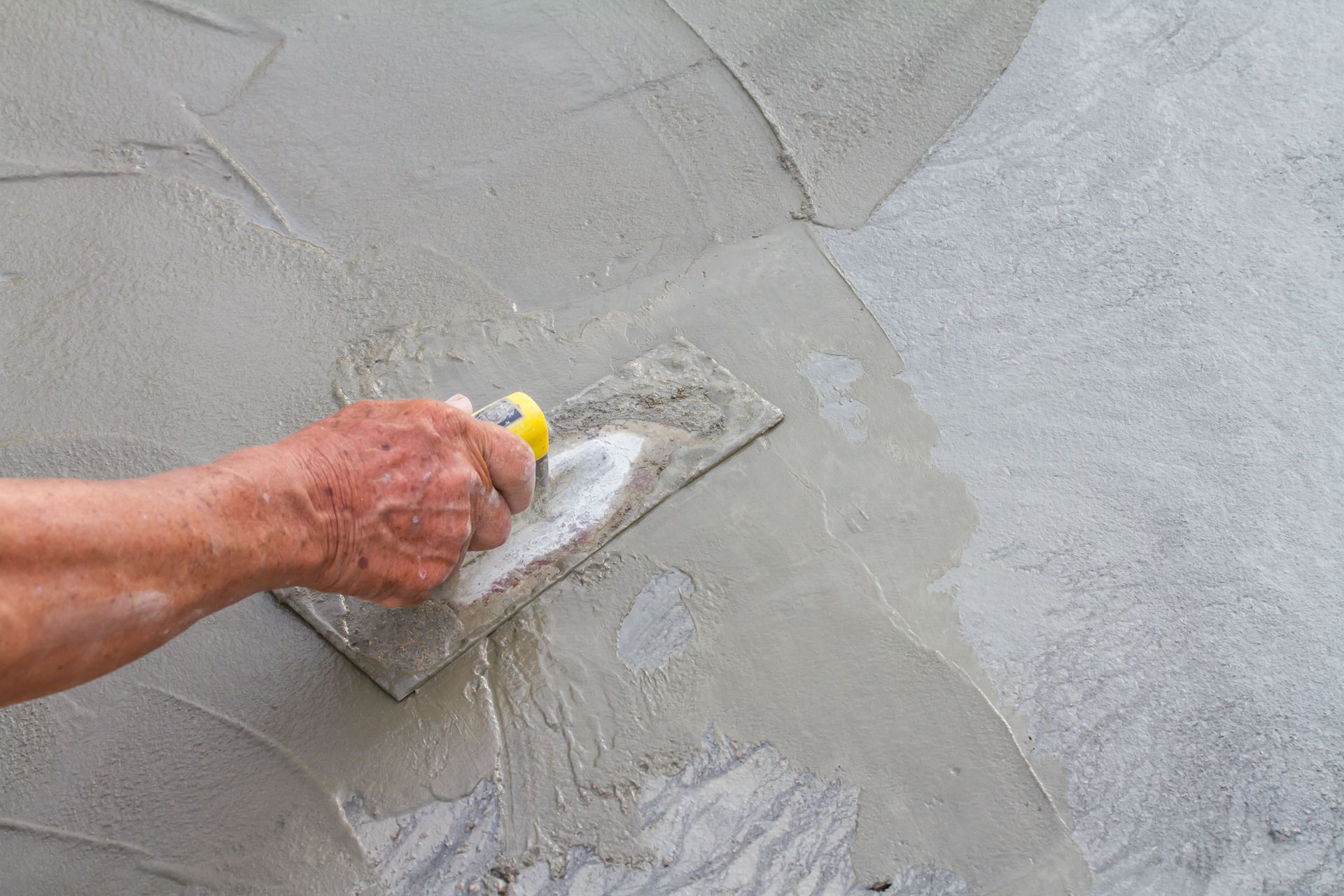
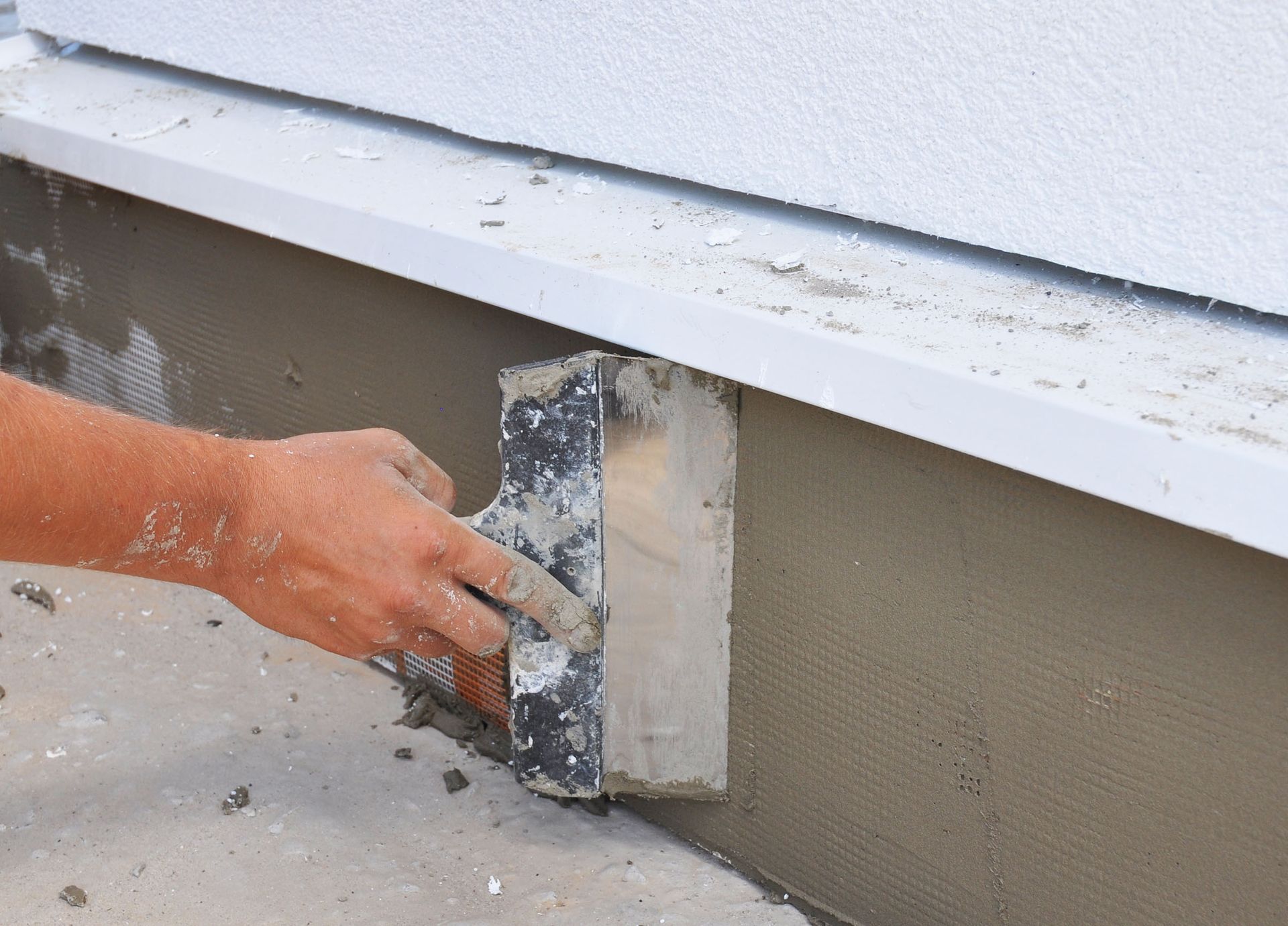
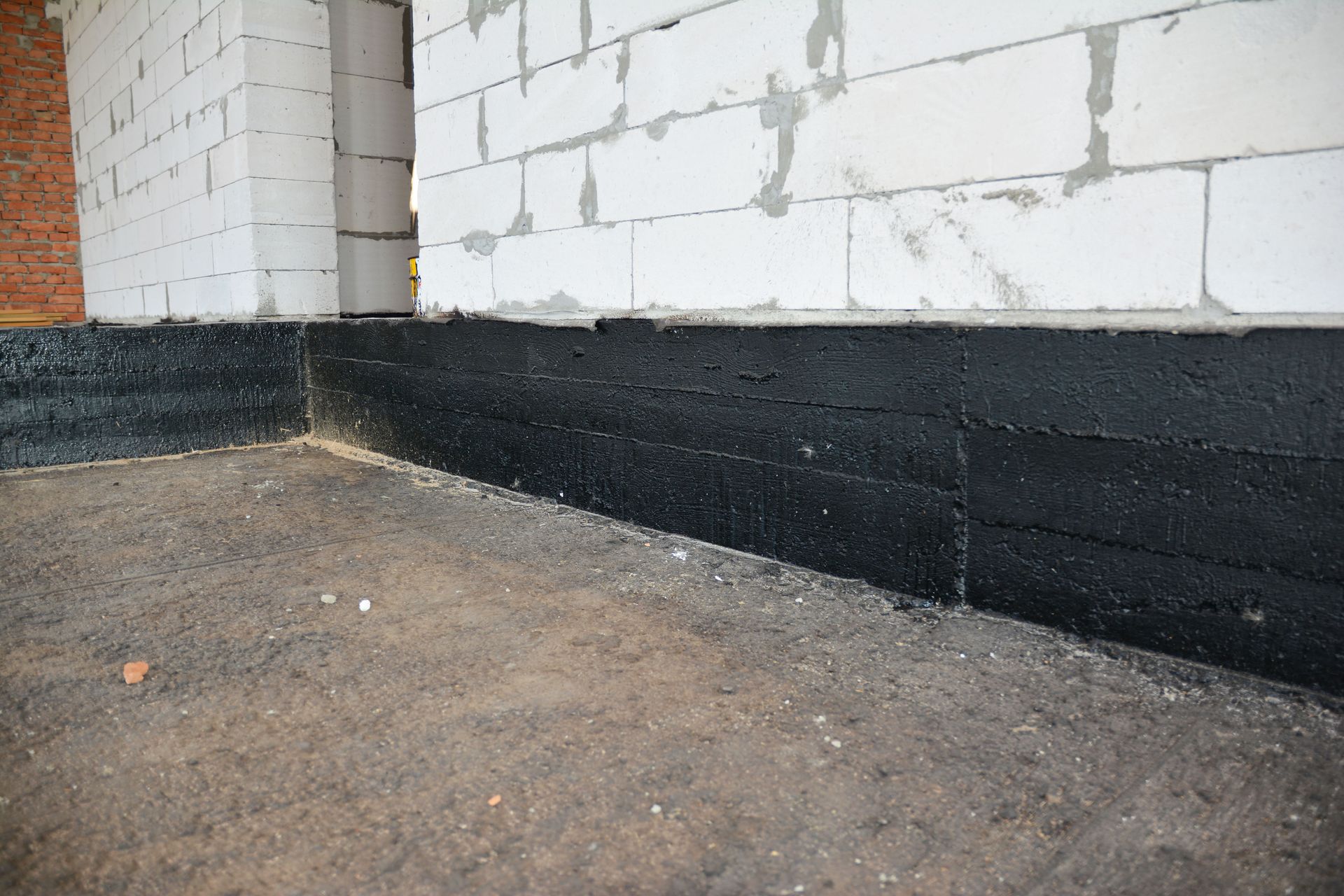
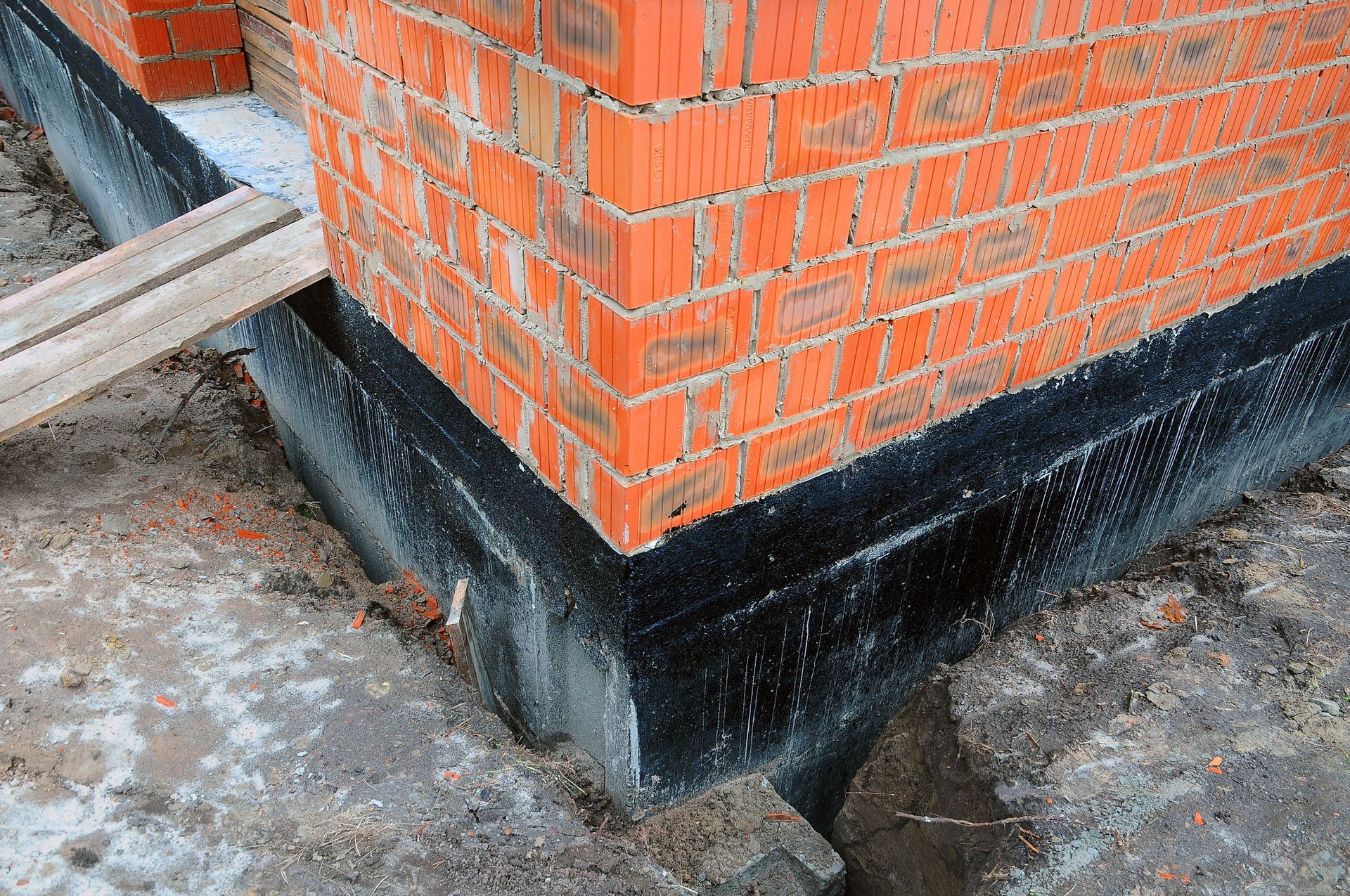

Share On: